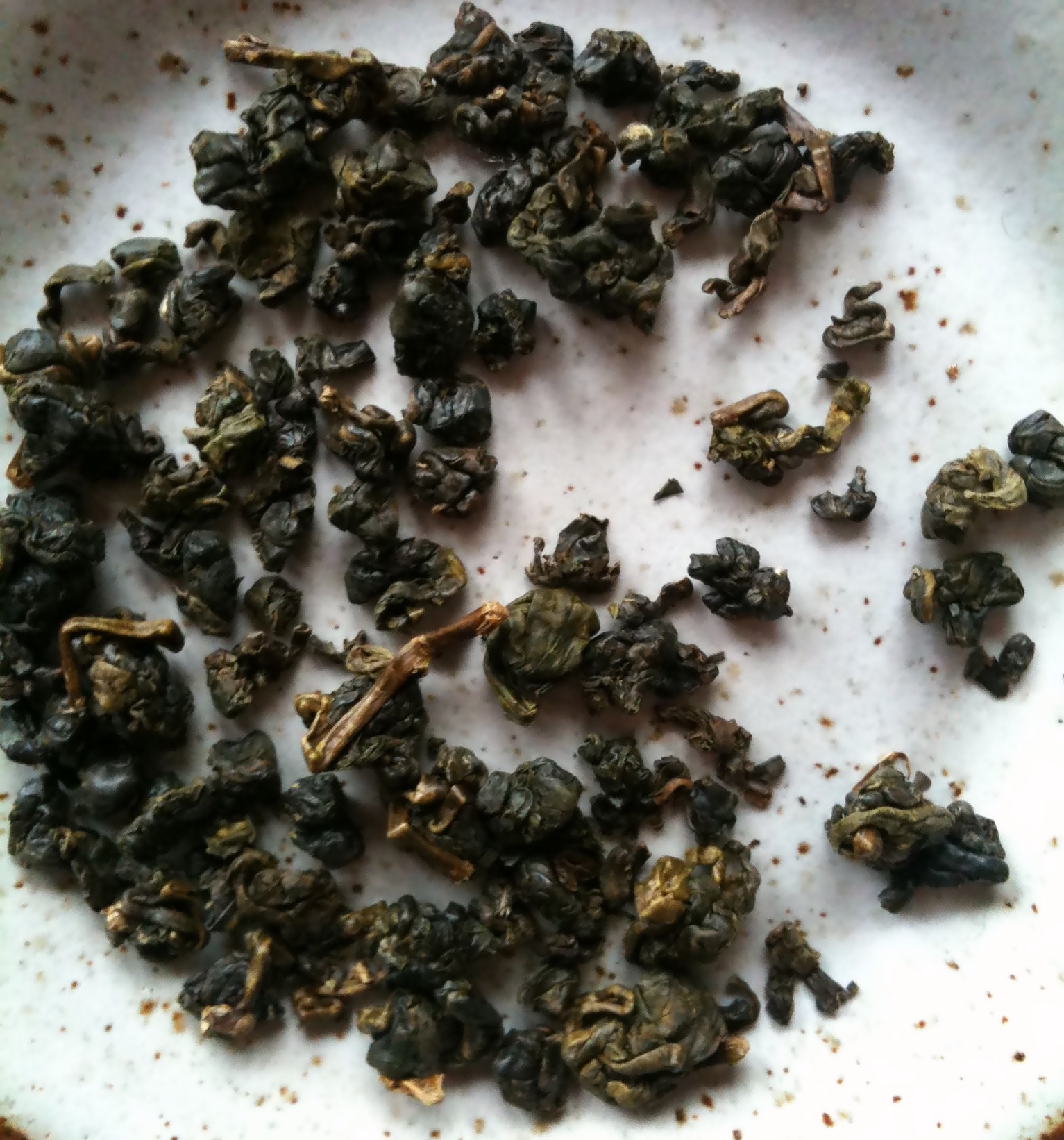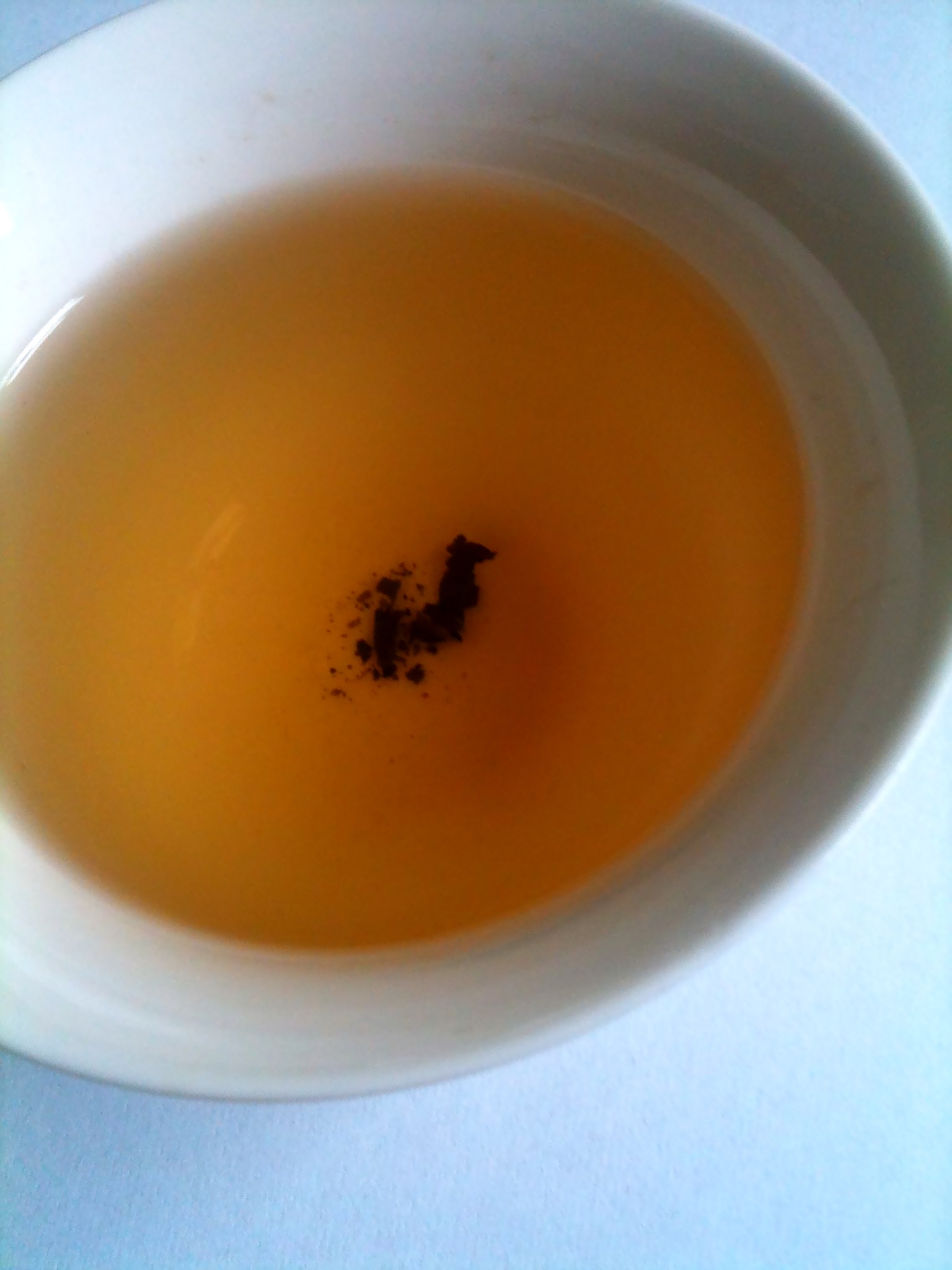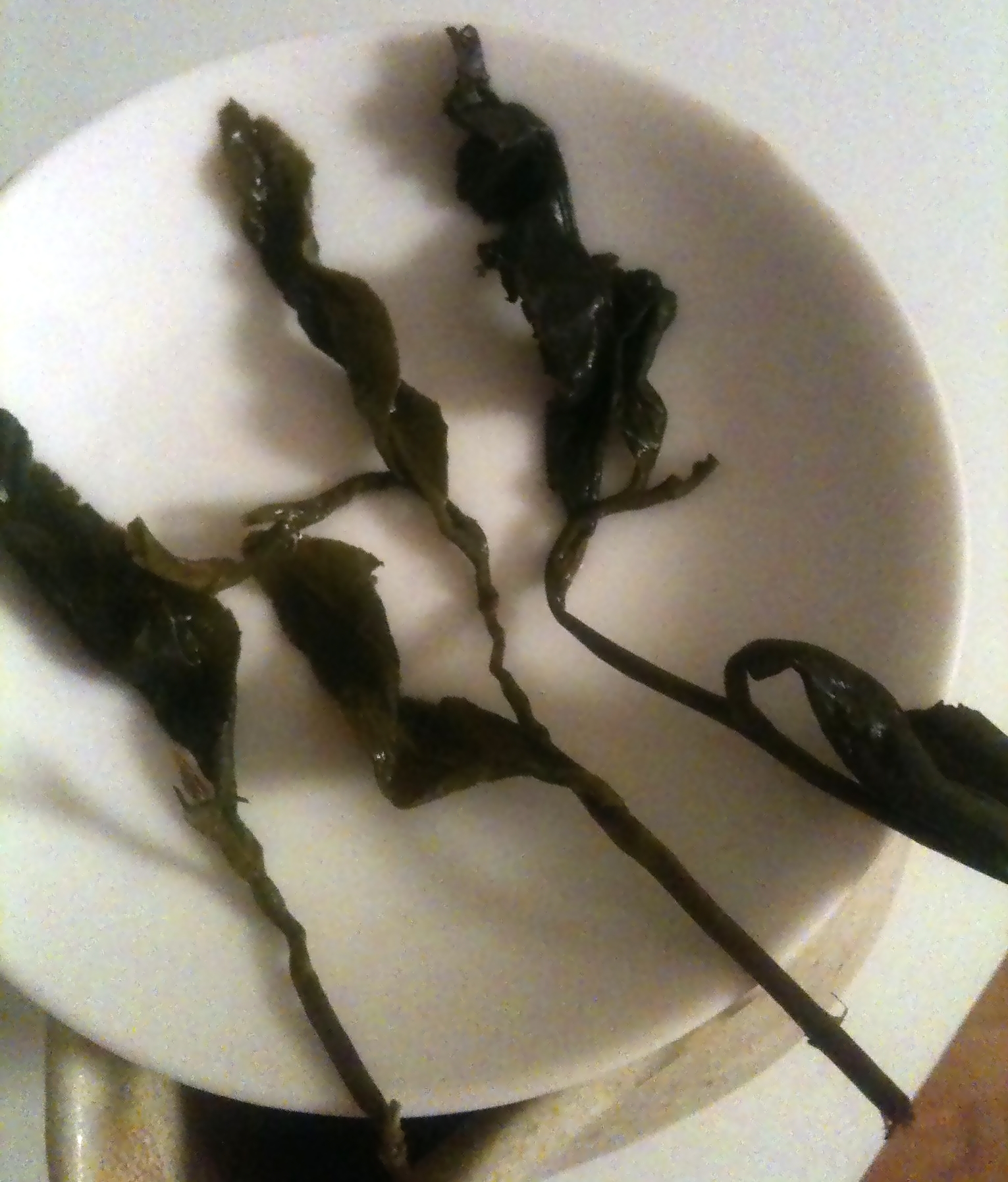2010 Shanlinshi Hungshui
Posted on 23 December 2011
So here’s the final sample of my Taiwanese oolong tea week (see Lishan – Alishan – Dayuling for earlier entries): the 2010 Shanlinshi from Teamasters.
Shanlinshi could well be the favourite tea location of Stéphane Erler, the author of the Teamasters blog and its unrivalled catalogue of oolongs. While Shanlinshi doesn’t enjoy the notoriety of Lishan or Dayuling, Stéphane has consistently sourced some outstanding teas from this terroir (see this previous article).
This oolong is different from the three earlier ones of this week in being roasted. It is named hungshui, denoting a stronger oxidation and roasting than is the norm today: a more traditional style made for long ageing. In fact, oolongs from as long back as 1989 and 1990 can be tasted from Teamasters! In youth the roast in the hungshui teas can be pretty strong, and so it requires a bit of imagination to project how the tea will balance in a few years’ time, when it absorbs the roast. (The situation is nearly identical to oak in white or red wine, a topic I’ve addressed here).
This 2010 Shanlinshi might well be the stronger-roasted tea I’ve ever sampled from Teamasters (whose teas, even when high-roasted, always seem so judiciously balanced). Not that it’s excessive, and there is never the unclean charcoaly dryness of improperly roasted tea, but the profile is dominated by roast. The colour of the infusion is dark even when kept to a few seconds, the aromas are of cereals, toasted bread, hazelnuts, and the mouthfeel is gritty and mildly drying.
What I advise here is patience, and humbleness. This tea will almost always outperform the drinker. It never seems to tire: I’ve brewed one of my samples 15 times and the flavour was nearly identical to the beginning. Or should I say, continued to improve, integrating the roasted notes and revealing a delicious, subtly buttery texture (similar to Tuesday’s Dayuling) behind the cereals and coffee. This tea is all about potential: enjoyable if you can appreciate the style, but actually more exciting for its prospects six or seven years down the road. At the moment it is as tight and roast-dominated as a Montrachet white Burgundy from the 2010 vintage. But lovers of Burgundy wine know what to expect from a Montrachet after a decade: fireworks.
Disclosure
15g of this tea kindly received as a free sample with my order of other 2010s from Teamasters.




